|
The oldest congregation was organized in Providence RI as First Church of the Nazarene on the current New England District. Nine other churches were organized before the 20th century began. Forty-six churches are over a century old. Longevity is a characteristic of local churches on this megaregion. These are not congregations struggling to make it, either. They average 90 in worship attendance, and hold 10% of the Nazarene membership in the megaregion (5,942 of 53,520). Fewer than half of the 1,360 churches started or organized in the Northeast megaregion are still open and active today, about 605 reported attendance in 2016. The ratio of openings to closings will be need to addressed. An equilibrium will not keep up with the huge population influx that will happen in the next thirty years. The fast and then consistent pace of starting and organizing churches has always been a part of the history of Nazarene presence in this megaregion. There was a huge influx of organized churches in 1907 (46) when the denomination was in its infancy. It took almost thirty years for one-third of that many churches to be organized in a single year. In 1935, fifteen churches were organized. Twice it happened in the 1940s (16 in 1941, 19 in 1942), and three times in the 1950s (15 in 1950, 17 in 1953, 18 in 1958). It didn't happen again until the end of the 1980s and early 90s (20 in 1989, 18 in 1992), coming close again in 2000 (13) and 2012 (14). Of the thirty-eight churches organized in 1989 and 1992, twenty-two are still open and active. Twice as many churches needed to be started and organized to survive into the next two decades. Half as many will not make it. Failure is expected; it's a feature of church multiplication. Churches were consistently being organized all long the 120-year history of Nazarene presence in this megaregion, just not ten or more per year. A certain retrenchment included the 23-year gap between 1963 (12 churches) to 1986 (11 churches). I wonder what accounted for the dip in the 1970s in terms of new church starts or organizations. I know that it was not until the 1970s that church attendance was tracked. Maybe the concern for how many were in the seats and conserving this number made it less likely to share some members for a newer fledgling congregation across town or in the next county? I don't know, but it's something to think about. One fact hard to face is the 319 churches closed in light of the 352 churches opened since 2000. Thirty-three more churches on the positive balance in seventeen years. Something else to think about. A couple of observations about church closings. 1) The rate of church closure after two years (one-fifth), seven years (half), and twelve years (70%) is consistent with the numbers from the Southern California and Cascadia megaregions. This is pointing to a trend. I wonder if a missional strategy has to be built for helping churches survive the first two years of a new church start. And, then another one at the seven year mark, and another one at the twelve year mark. Awareness that these markers exist is a good start for church survival. Another component of a response might be church leadership training for pastors as well as lay leaders on church boards, ministry programs, and support staff. What kinds of district, field and regional training would help churches survive these milestones? What are some potential obstacles faced by churches at two years, seven years, and twelve years? These are good questions to pursue. Maybe someone looking for a doctoral dissertation topic? I would go to churches nearing these milestones and do some in-depth interviewing and ethnographic study, and cull some themes from the data. 2) The steep "mountain" of church closings in the 2000s has to be addressed, particularly between 2005 to 2008. It was during these four years that 125 churches were closed. It points to a need to burrow further into the data, looking toward which churches, which geographic areas, which circumstances among these people in these places would lead to so many closings all at once. It is economic, spiritual, leadership-related or just people changing? The entire decade (2000-2009) saw almost one-third of the total church closings that had happened during the 120 years covered in this study. 245 churches were closed out of a total of 746 in only ten years. This issue has to be addressed, especially since closures are on track to reach 148 churches closed during the 2010s. UPDATE: So, I was too curious not to look more closely at the closings in 2000-2009 after posting last night. Here's a breakdown of church closings from 2000-2009 by years of active ministry. The overall data: 215 church closings Most years with closings: 2007 (40) and 2008 (31) In parentheses, had the most closings overall, so the number of closings during these years is also listed: After one and two years: 78 closings (33% during 2007, 2008: 26 closings) Between three and seven years: 70 closings (28% during 2007, 2008: 20 closings) Between eight and twelve years: 22 closings (18% during 2007, 2008: 4 closings at 11 and 12 years) Between 13 to 25 years: 31 closings (21% during 2007, 2008: 7 closings) Between 25 to 50 years: 22 closings (54% during 2007, 2008: 12 closings) Between 51 to 101 years: 18 closings (61% during 2007, 2008: 11 closings) Not sure what I expected to see. Maybe a lot of newer church plants fizzling out. It's not far from reality. One-third (36%) of the closings were within two years of active ministry. Expanding it to seven years, the percentage goes up to 70% of total closings in the decade. Eight out of ten church closures happened within twelve years of active ministry during the decade of the 2000s. The benchmarks of two, seven, and twelve years again show importance in the lifespan and survival of multiplying churches. The majority of older church closings in the 2000s happened during 2007 and 2008. These closures included all three century-old churches that were closed (with 46 more still open and active). I wonder how many of the older local congregations closed due to heavy costs associated with older facilities. I wonder how many of these congregations were able to participate in planting other churches. It's my thought that a church not multiplying is just surviving a slow death, whether it takes two years, twelve years, or one hundred. A little more than half of the closures were ethnic congregations (56%, 18 churches). The rate of closure is much higher than the current percentage of ethnically identified churches (38%, 230) among all active churches in 2016-2017 (605). I wonder how many ethnic churches were subsidized into dependent relationships with supporting districts or churches, and closed after the subsidy was removed? Another issue could be lack of leadership development from within the congregation or context of the church. How many congregants testified to a call into ministry and enrolled in the course of study toward ordination on the districts? I'm not sure if these questions are relevant to each case, but it would be an interesting investigation. Resources:
0 Comments
The most populous area of north America is found along the northeastern seaboard between Portland, Maine in the north to Virginia Beach, Virginia in the south. The I-95 corridor is the main artery of people movement through the Northeast megaregion. According to the i95coalition.org, the full length of I-95 comprises:
The Northeast megaregion is the industrial heart of the I-95 corridor, and its northern half. This interstate connects New York City, the largest urban area in the U.S. for over a century, to Boston in the north to Philadelphia, the fifth largest city in the U.S., to the growing suburbs surrounding Washington D.C. and the Chesapeake Bay in the north. One-sixth of the U.S. population (52.3 million) will multiply by another 35% (18.2 million) to 70.8 million by the middle of the 21st century. If one of the tents of church multiplication is to look for "pockets of people," then this is the place to find them. The next few posts will take a closer look at the long presence of the Church of the Nazarene in the Northeast megaregion. Resources:This megaregion has the most potential right now of being the epicenter of kingdom life in north America. Even so, I'm a little reluctant to write about the Nazarene presence on the Arizona Sun megaregion. I am afraid people will not like what the numbers say about Nazarene presence in this geographic area, mainly because of the political and ethnic boundaries that traverse the border between the United States and Mexico. I have heard a story from a local church on this megaregion, in which a good number of parishioners got up and left the sanctuary during a worship service when a Scripture passage was read in Spanish. It was a few years ago, but not too long ago to be easily forgotten by the first language Spanish speakers present on that morning. Nazarene presence in the Arizona Sun megaregion includes several ethnic identities, regardless of national boundaries. Nazarene churches are found in a landmass that stretches not only from the high deserts and extinct volcanoes surrounding Flagstaff but also crosses the U.S.-Mexico border into the Sonora state of Mexico and its capital of Hermasillo. Add into this mixture the local churches from the Nazarene districts known as Southwest Latin American and Southwest Native American that contribute a portion of local churches to this megaregion, some of these churches are less than a mile from churches on the Arizona district. Same neighborhood, same denomination, different organizational structure and missional strategy. The boundaries of church polity do not easily make sense any more than the national and political boundaries that dissect this geography. I do not dismiss the ability or necessity for districts that are ethnically identified to self-regulate without intrusion from dominant cultural expectations. I think gathering in this way can be helpful at times, however . . . Geographically, politically, ethnically, economically, and administratively, this megaregion makes for a major headache in terms of missional strategy in local context. The context needs to be regarded as the same place. All local eyes are necessary to localize fully the church's presence there. All local eyes are necessary to localize fully I have already analyzed the Arizona district churches as part of the Southern California megaregion. So, as one reads the data analysis of SoCal it will include numbers from the Arizona Sun analysis. It is still important to take a specific look at the Arizona Sun megaregion as a particular context because of its complexity. This analysis does not include every church from the Nazarene districts found within the Arizona Sun's general and estimated borders. There are a few churches on the southern and northern edges that are outside of the north-south corridor of U.S. Interstates of I-17, I-10, I-19, and Mexican Federal Highway 15. These highways string together the cities (north to south) of Flagstaff, Phoenix, Tucson, Nogales, and Hermasillo. There is Nogales, Arizona in the United States as well as a Nogales, Sonora in Mexico. In this study, I have included some churches as northern boundaries. Along I-40, the northern border of this megaregion includes eastward from Ash Fork to Sun Valley churches (Arizona District) along Interstate-40, including Round Cedar (Native American) as a entrance into the Hopi Reservation. Show Low traces the eastern border so as to include the several Native American reservations (Fort Apache and San Carlos) in eastern Arizona. The southern churches include Brisbee (Arizona District) and Agua Prieta (Mexico Northwest) along the U.S.-Mexico border, as well as Guaymas and Ciudad Obregon to the south of Hermasillo (Mexico Northwest). In other words, I made a judgment call to not include Yuma, Arizona to the west or the entire collection of local churches in the Hopi Reservation north of I-40, and churches north of Flagstaff, such as Cameron. I needed to be somewhat faithful to the notion that the Arizona Sun corridor unites this megaregion in terms of transportation, commerce, and education. Resources
|
Bio
teacher, writer, Archives
August 2022
Categories
All
|
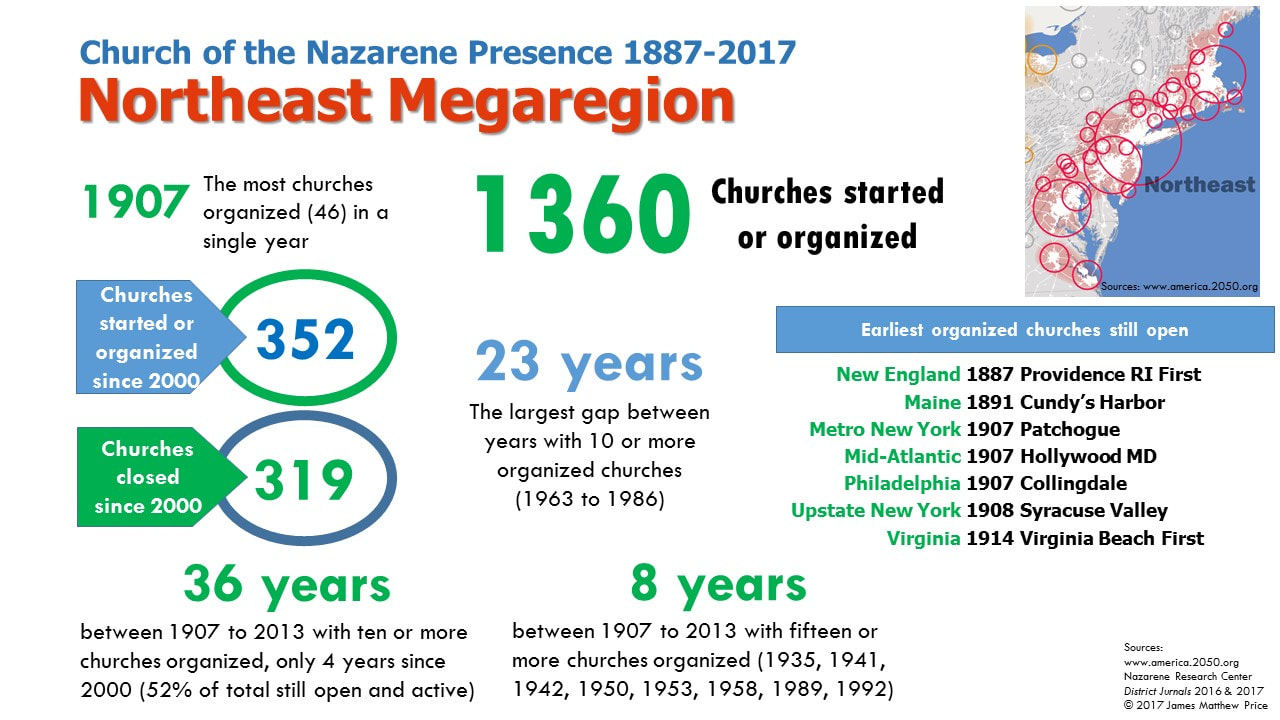
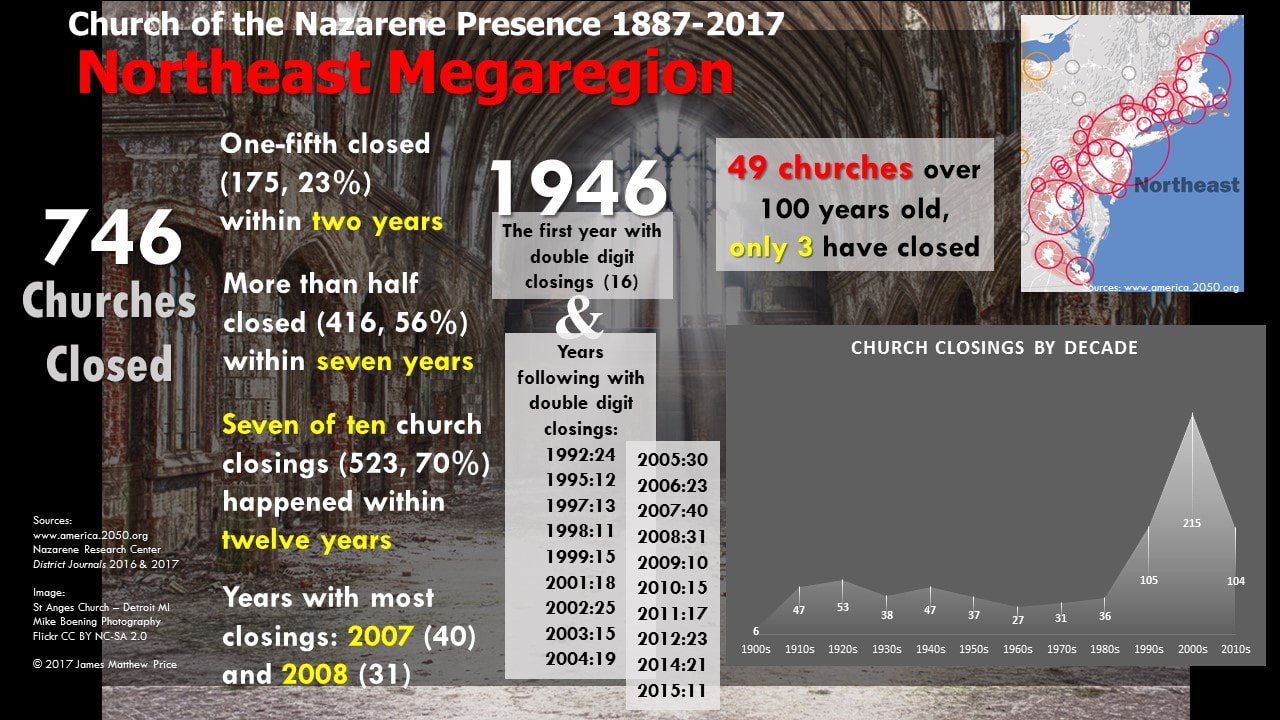
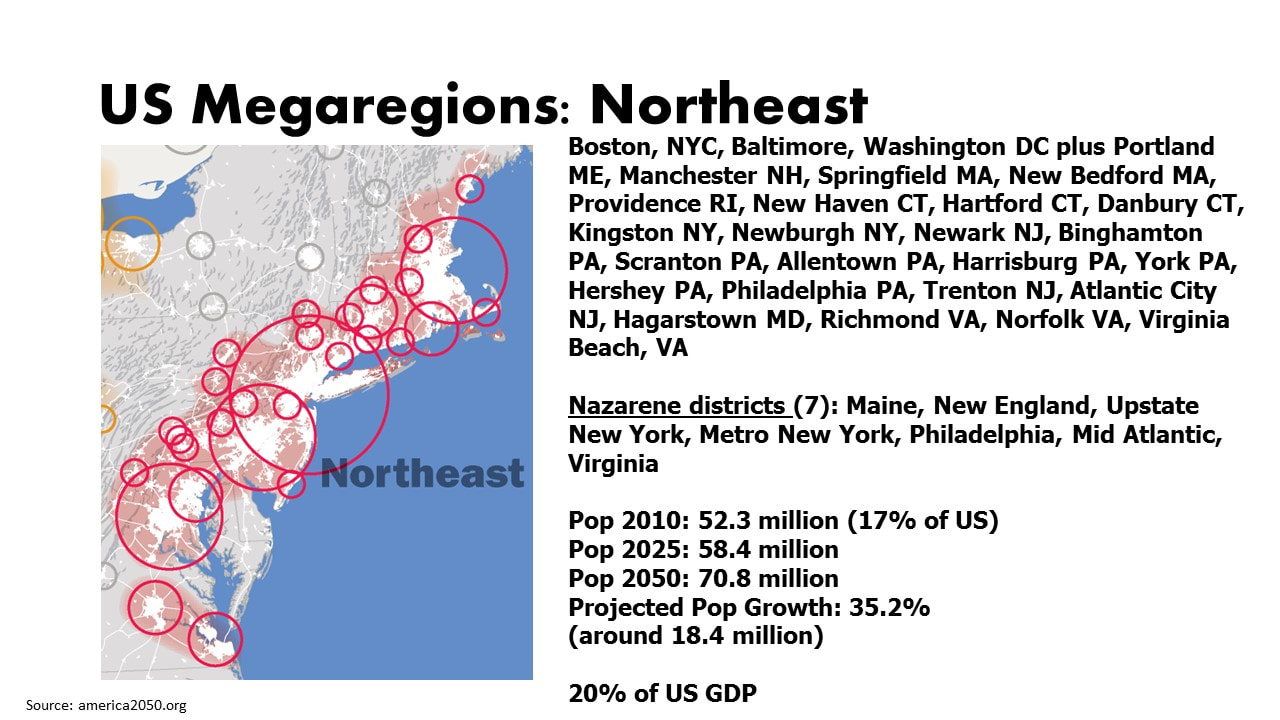
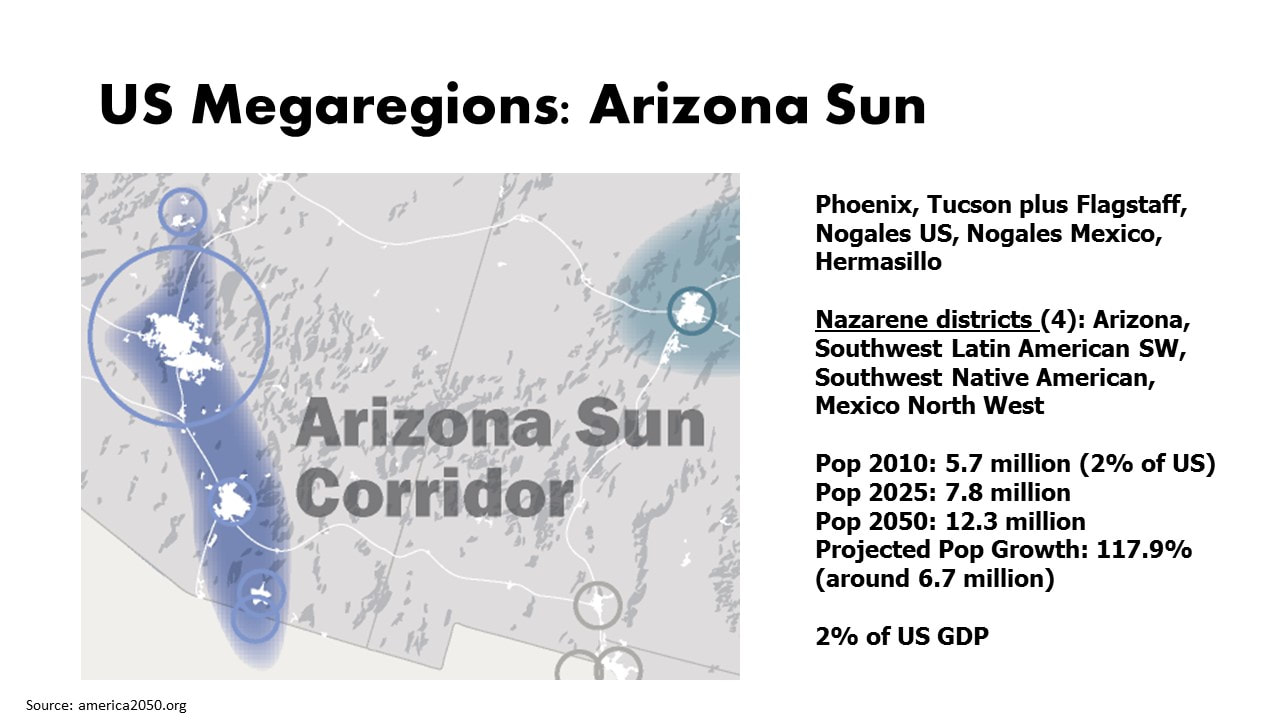
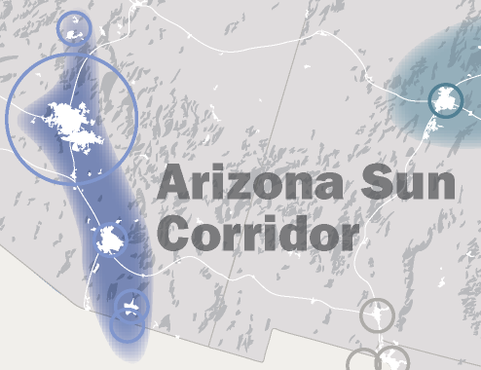



 RSS Feed
RSS Feed